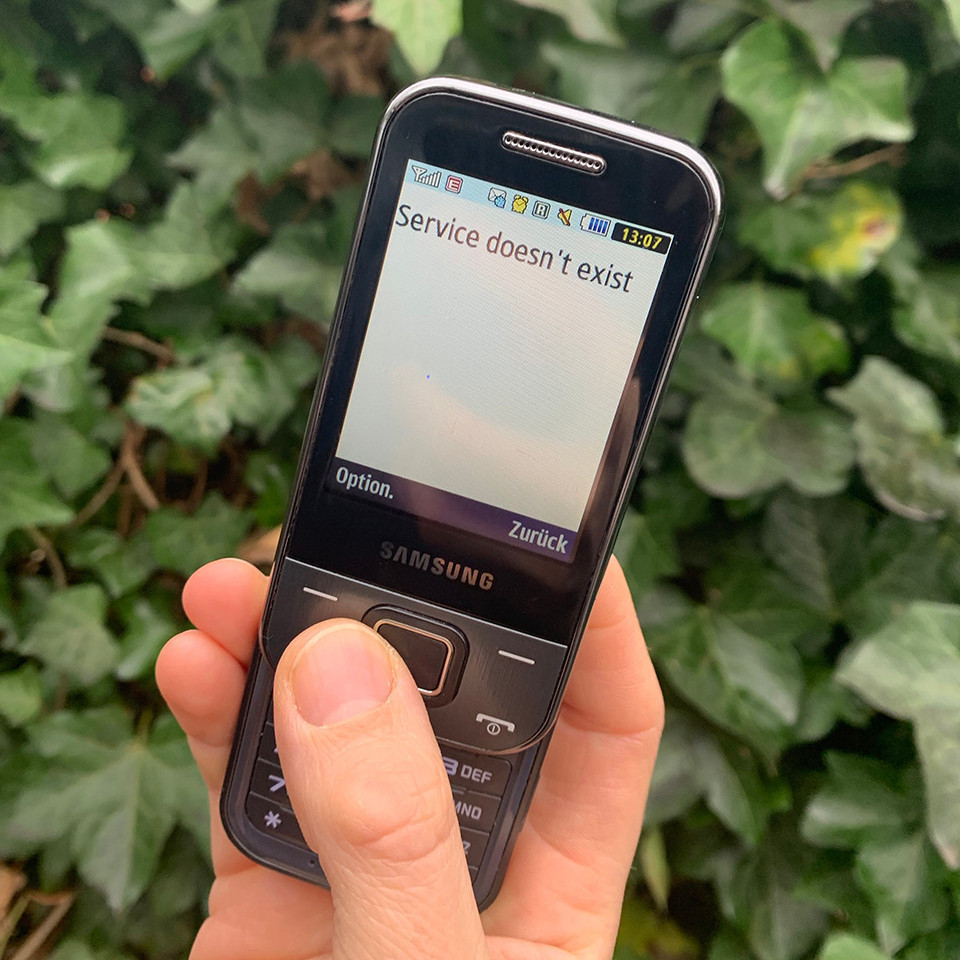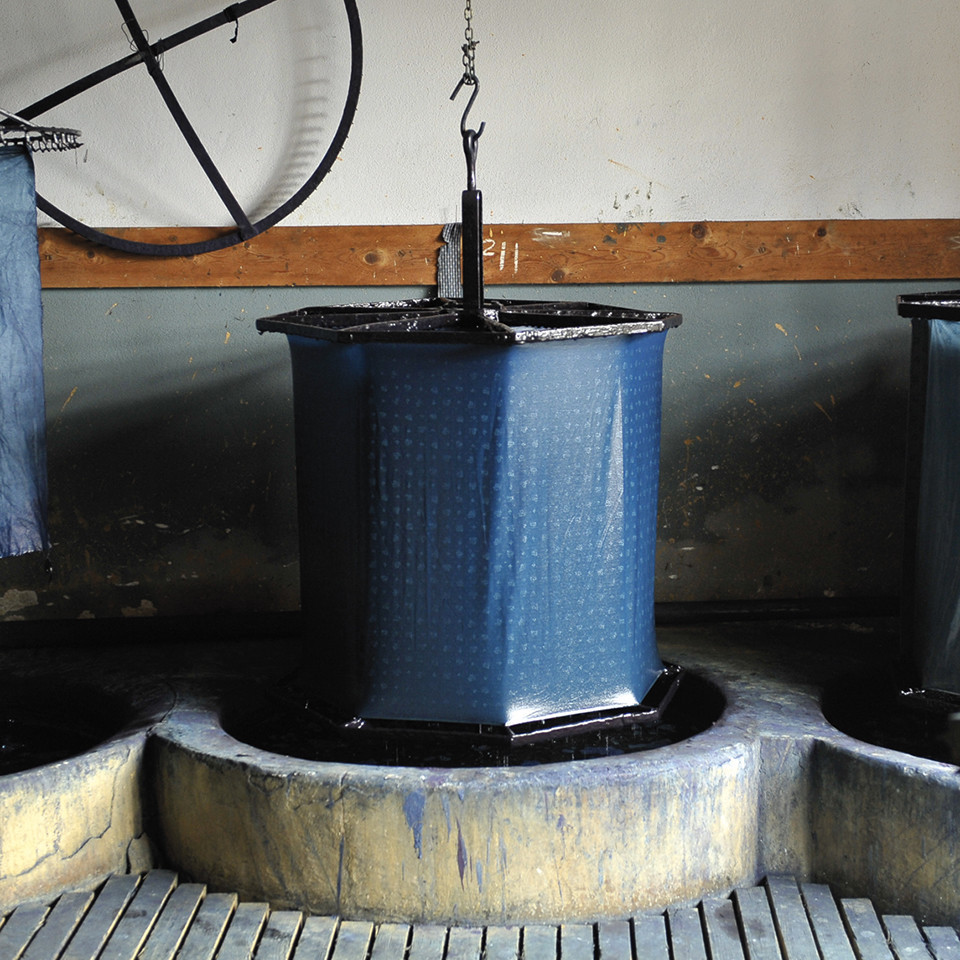
This text was published in HARD COPY 12 / Summer 2021
No waste,
no cry

By Giulia Stanzione
Looking for tips on how to make your life more sustainable? We’re regularly asking a member of the Closed team to road-test promising ideas. This time, it’s Public Relations manager Giulia who tried to live a waste-free life for a couple of weeks.
Life without waste is not impossible – it’s just very hard! Let’s define what “without waste” means: avoiding non-recyclable but also recyclable waste. While paper, metal or glass can be recycled, it takes a lot of energy to do so. It’s even more difficult when it comes to plastic. Every person in the European Union is responsible for 32.7 kg of plastic waste on average per year, according to Eurostat. Around 40 per cent of plastic waste will be recycled (in the EU), but the rest will be burned – a big burden on the environment due to toxic emissions. Another problem is, of course, the plastic that doesn’t end up in landfills but in our oceans. That’s (in very short terms) why it should be everyone’s goal to reduce their waste. I tried to go all in and avoid it completely for a couple of weeks.
Before this experiment, I already tried to reduce waste – with basics like bringing my reusable shopping bag to the store or enjoying my occasional coffee to-go from a reusable cup. I barely order food in. I cook twice a day and every meal is 100 per cent home-made.
So, let’s get this project started! As we’re still in lockdown and cooking and eating is everything we do (apart from working, sleeping and Netflixing), I’m starting with the lovely topic of food shopping! I’m prepared: I’m bringing a shopping bag to the supermarket. I’m also determined to skip produce in plastic wrapping and bought some reusable mesh bags for my fruit and veggies. Upon entering the supermarketit gets tricky: The organic produce is in plastic wrapping (apparently to avoid “contamination” from non-organic produce). Dairy is probably the easiest: milk and yoghurt are often sold in reusable glass packaging (and I have to admit: it even looks nicer with its “fresh delivery by your milkman” vibe).
I had planned to bring reusable containers for cheese, meat or fish. Unfortunately, big supermarkets do not pack fresh food into their customers’ containers due to hygiene regulations. This was not a big issue as I usually buy our fish and meat at the farmer’s market, butcher’s or fish shop – where it’s possible to bring your own box. The farmer’s market is a great place to get your hands on fresh, local and unpacked organic produce – you’ll avoid packaging there almost automatically.
On this new route, planning is essential – in order to avoid extra waste and extra trips to the store.
For this little project, I also tried a zero-waste store: you can shop dry goods, from nuts to noodles, without packaging and put everything into refillable jars. And there are some options for refillable laundry detergents and other cleaning products – great! What never occurred to me before: when buying packaged goods, you’re also paying for the packaging you’re about to throw away. At shops with unpacked food, you simply pay for the content.
So, I found some good options for waste-free shopping easily. But you know how it is sometimes: after a long day at work, you don’t want to run to three different stores – or you can’t go to the farmer’s market in the morning because you hit the snooze buttons six times. We’ve all been there, and we find ourselves at the supermarket next door, rushing through the dinner shopping list. And that’s when you end up with some extra waste.
This experiment changed the way I shop for food completely. It wasn’t always easy, but it showed me that you just have to come up with new ways to tackle it. I usually went food shopping three times per week, to buy veggies or ingredients for a spontaneous dinner. On this new route, planning is essential – in order to avoid extra waste and extra trips to the store for last-minute buys. Planning ahead may require more time at first but in the end it makes life easier and saves time again – as you don’t need to think about “what’s for dinner?” every single day!
Tackling food was the best way to start for me. Of course, if you’re committed to a waste-free lifestyle it also means looking at the other parts of your life: beauty products are a tough example – and I honestly don’t think I’m ready for this area yet. And while many online shops offer eco-packaging options, there’s still a long way to go. Going waste-free sometimes means you’ll take the least convenient option – but over time, some of these little choices become habits and don’t feel inconvenient anymore.
- A little more inspiration on the topic!
Bea Johnson is the author of the book Zero Waste Home. She lives by the 5 R-Rules in order to avoid waste – they’re very helpful, I think:
- – Refuse things you don’t need: don’t buy them.
– Reduce what you need – buy less. - – Reuse what you consume.
- – Recycle what you can’t refuse, reduce or reuse.
- – Rot (compost) the rest.
Who to follow: @going.zero.waste, @trashisfortossers, @zerowastehome, @thezerowasteguide
Past Stories
Copy












